The book ‘Endurance: Shackleton’s Incredible Voyage‘ in the Antarctic, is one of the most emotional – breathtaking real adventures I ever read! Each photograph of the expedition is a testament to Shackleton’s ability to lead and will to survive…
One of the greatest ever photographic records of human survival is now on display in a remarkable new exhibition at the Royal Geographical Society (with IBG). Honoring the achievements of Sir Ernest Shackleton and the men of the Endurance Expedition of 1914-1917, newly digitised images will reveal previously unseen details of the crew’s epic struggle for survival both before and after their ship was destroyed.
All images credit: Royal Geographical Society with single-use permission
Above: Iconic shot of the Endurance lit by flares at night. Photo by Frank Hurley 1914-1917. Single use permission from the Royal Geographical Society/Institute of British Geographers.
Top: Ernest Shackleton at Ocean Camp. Photo by Frank Hurley. Single use permission from the Royal Geographical Society/Institute of British Geographers.
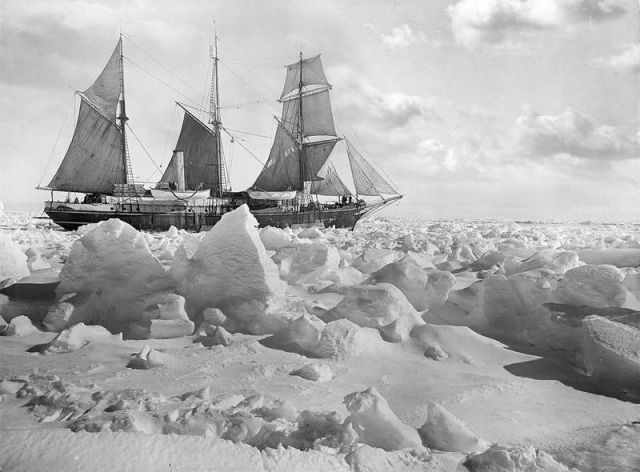
This photo was taken when the crew felt they had a good chance of freeing the trapped Endurance from the sea ice of the Weddell Sea, so they put the sails up. As we know, this and other attempts failed, and realizing the ship wasn’t moving Hurley went onto the ice to take this photograph. Photo by Frank Hurley 1914-1917. Single use permission from the Royal Geographical Society/Institute of British Geographers.
The Enduring Eye exhibition runs through February 28, 2016 at the Royal Geographic Society in London and then to the US, Canada, and Australia.
Photo by Frank Hurley 1914-1917. Single use permission from the Royal Geographical Society/Institute of British Geographers.
Photo by Frank Hurley 1914-1917. Single use permission from the Royal Geographical Society/Institute of British Geographers.
Photo by Frank Hurley 1914-1917. Single use permission from the Royal Geographical Society/Institute of British Geographers.
Wearing full polar clothing and gathered under the bow of the ship, photographed and filmed by Frank Hurley, probably on 1 September 1915. Single use permission from the Royal Geographical Society/Institute of British Geographers.
Photo by Frank Hurley 1915. Single use permission from the Royal Geographical Society/Institute of British Geographers.
Photo by Frank Hurley 1914-1917. Single use permission from the Royal Geographical Society/Institute of British Geographers.
Photo by Frank Hurley 1914-1917. Single use permission from the Royal Geographical Society/Institute of British Geographers.
The adorable dogs of the expedition. Photo by Frank Hurley 1914-1917. Single use permission from the Royal Geographical Society/Institute of British Geographers.
Check out the book Endurance: Shackleton’s Incredible Voyage.
Enduring Eye: The Antarctic Legacy of Sir Ernest Shackleton and Frank Hurley
The Enduring Eye exhibition opened to the public on Saturday 21 November, exactly 100 years to the day that the crushed Endurance sank beneath the sea ice of the Weddell Sea, and runs until 28 February 2016.
At the heart of the exhibition are more than ninety high resolution images, taken by Shackleton’s official expedition photographer Frank Hurley, and saved by him under the most extreme circumstances to provide a lasting record of the men of the Endurance and their story.
For the first time, the fragile glass plate and celluloid negatives, stored securely at the Royal Geographical Society (with IBG) for more than 80 years, have been digitised directly from the originals. Now viewed at full definition, the images unlock the remarkable detail captured originally by Hurley in his photographic processing, including interior images of the Endurance and high resolution information of life on the pack ice of the Weddell Sea.
As one of the first truly modern documentary photographers and film-makers, Australian born Hurley hoped to have his images seen at as large scale size as possible. 100 years later, this intention will be honoured with giant dimension prints, some over 2 metres in width and height, at the heart of the exhibition, providing viewers with a sense of awe and wonder.
In addition to the newly digitised images, the exhibition includes a number of ‘precious survivors’ – personal artefacts that were carried through every stage of the successive journeys for survival from the Weddell Sea to Elephant Island and onto South Georgia. These include the Bible from the Society’s collections, originally presented to Shackleton by Queen Alexandra on visiting the Endurance on 16 July 1914 and inscribed by her.
The exhibition has been researched, written and curated by Meredith Hooper, the Antarctic historian, writer and broadcaster, from original source material in the UK, Australia and New Zealand, whilst also drawing also on information provided by descendants of some of the 28 men on the expedition.
‘The Enduring Eye’ is kindly supported by the UK Antarctic Heritage Trust (UKAHT), with the Governments of the British Antarctic Territory and South Georgia & the South Sandwich Islands and the Royal Commission for the Exhibition of 1851.
The Society acknowledges the generosity of the UKAHT as lead supporter of the curation and creation of the exhibition and in contributing specialist knowledge and expertise to the exhibition as part of its role in the protection, conservation and promotion of the public understanding of the United Kingdom’s Antarctic heritage. We also thank Rolex for its support of the Society’s Picture Library and contribution toward conservation of its collections.
via thisiscolossal
source Royal Geographic Society

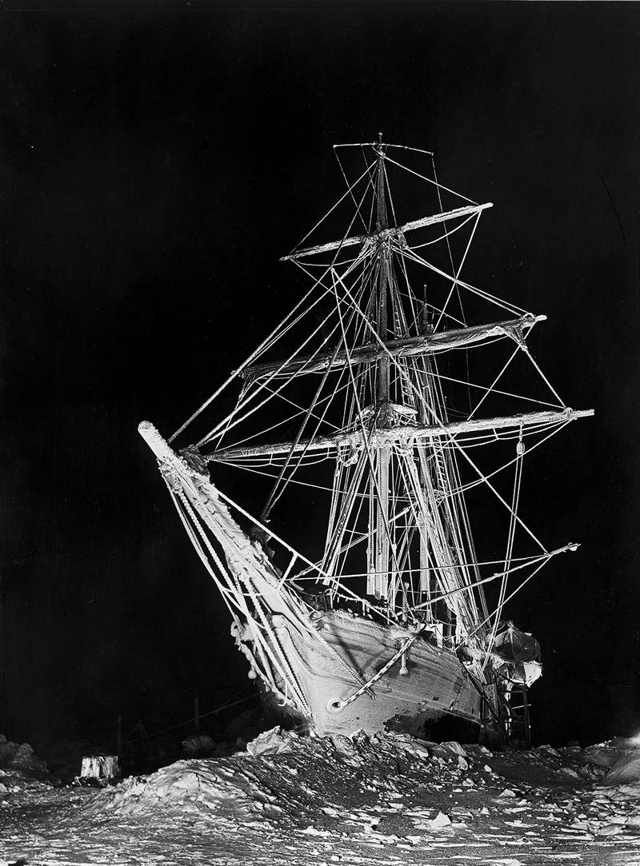
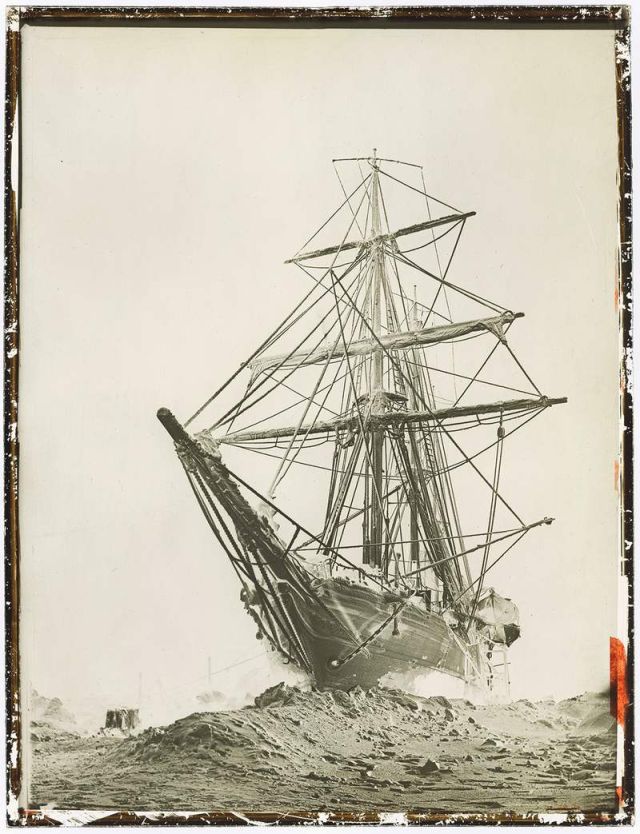
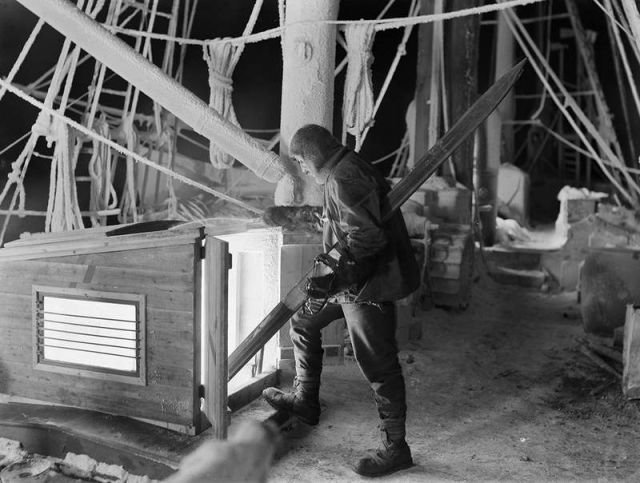
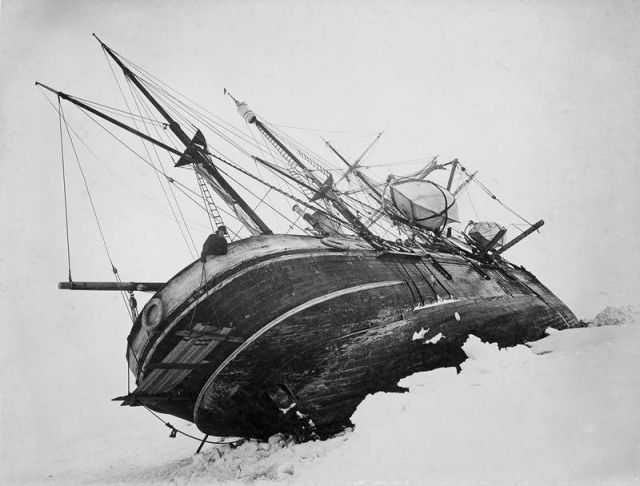
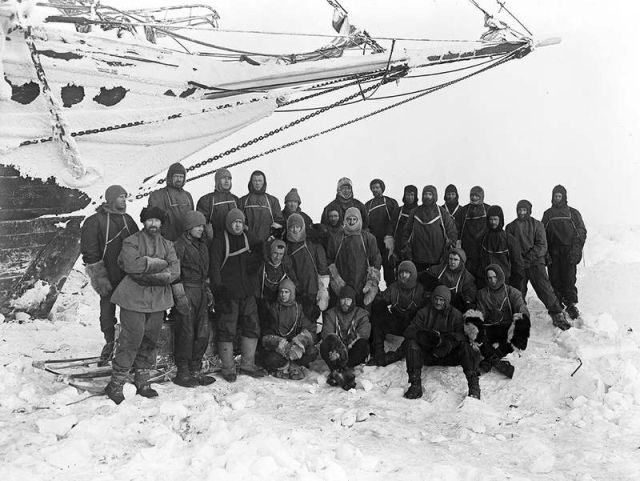
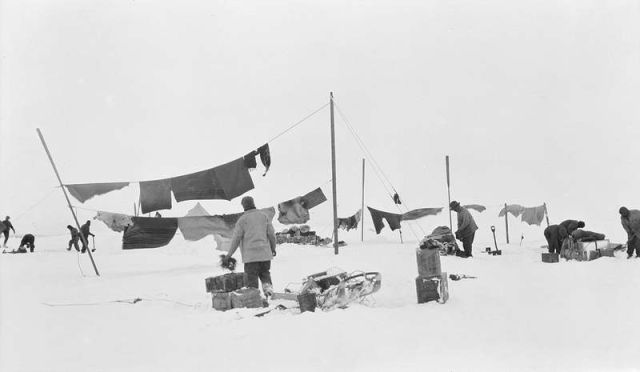
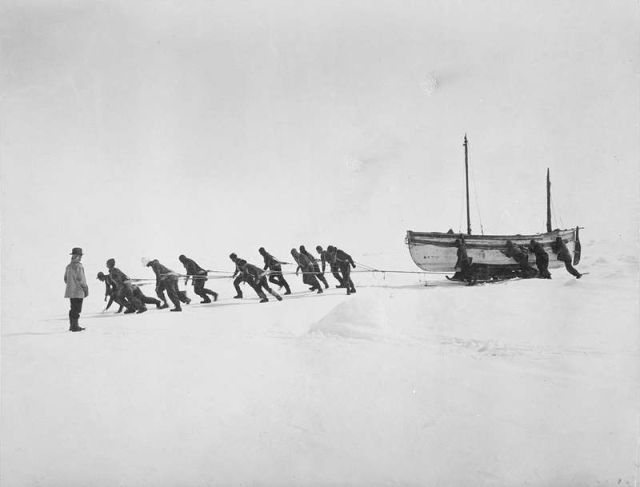
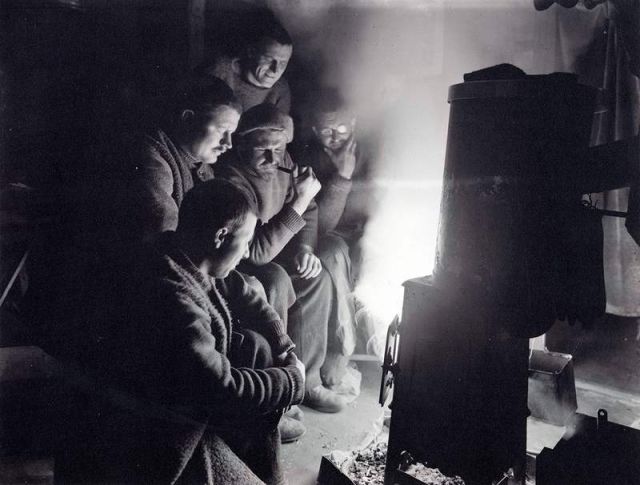
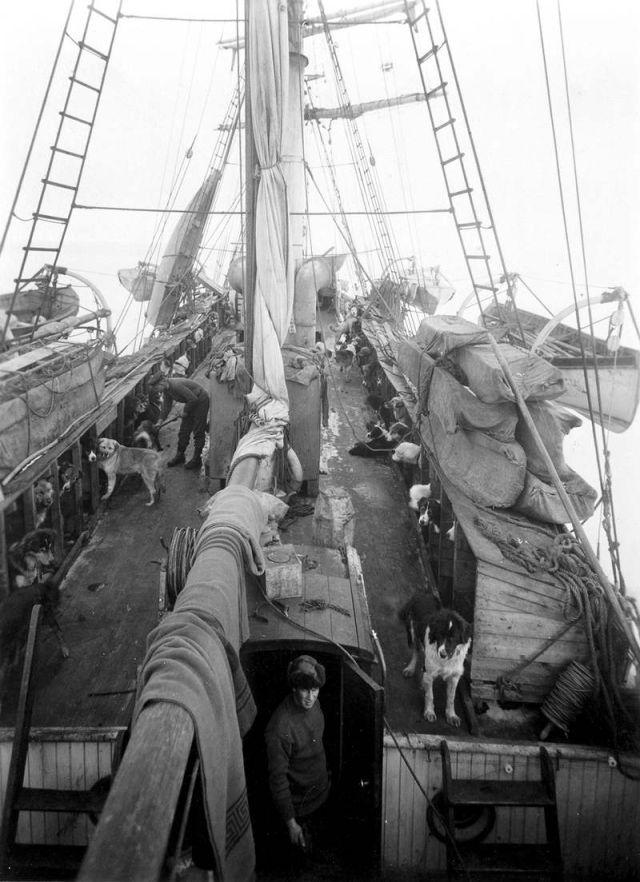
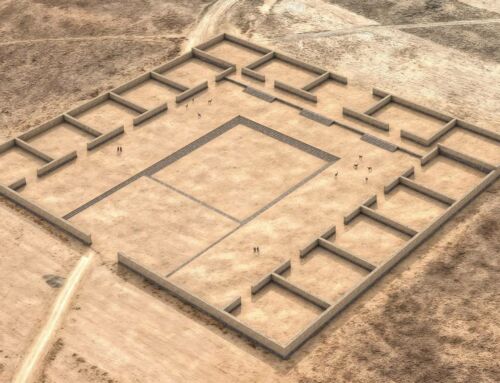


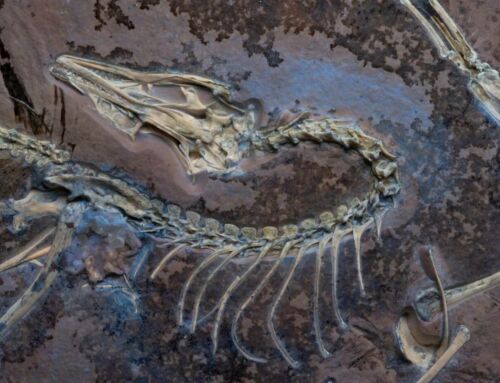
Leave A Comment